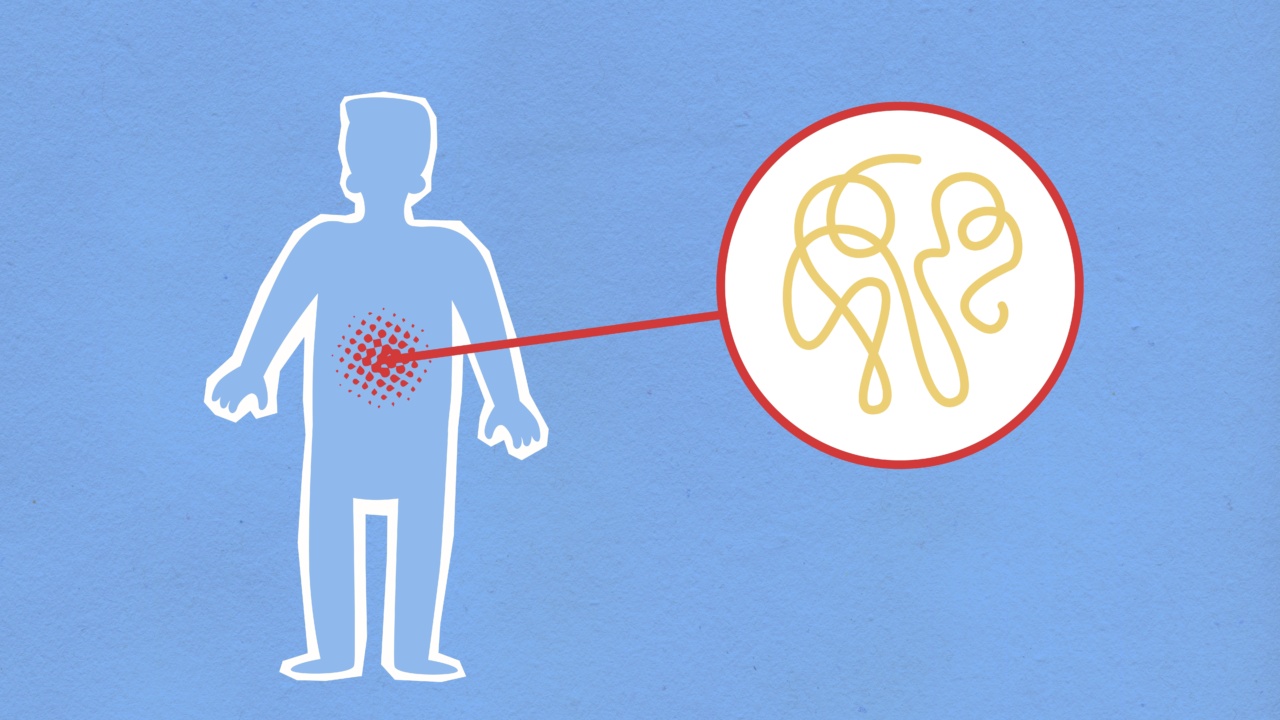Waist pain is a common complaint among adults, and it can be a sign of a wide range of medical conditions. One of the potential causes of waist pain is an abdominal aortic aneurysm (AAA).
An AAA is a bulge that forms in the aorta, the main blood vessel that carries blood from the heart to the rest of the body. In this article, we will discuss how soon waist pain can indicate an aneurysm.
What is an abdominal aortic aneurysm?
An AAA is a potentially life-threatening condition that occurs when the wall of the aorta weakens and begins to bulge. If left untreated, the bulge can grow larger and eventually rupture, causing internal bleeding and possibly death.
What are the risk factors for developing an abdominal aortic aneurysm?
Several factors increase the risk of developing an AAA:.
- Age: AAA is more common in people over the age of 65.
- Gender: Men are more likely than women to develop AAA.
- Smoking: Smoking damages the blood vessels and increases the risk of developing AAA.
- High blood pressure: Uncontrolled high blood pressure can weaken the walls of the aorta.
- Atherosclerosis: Build-up of fatty deposits in the arteries can increase the risk of developing AAA.
- Family history: A family history of AAA increases the risk of developing the condition.
What are the symptoms of an abdominal aortic aneurysm?
Most AAAs do not cause any symptoms, and they are often discovered incidentally during a routine medical exam or imaging test. However, if an AAA does cause symptoms, they may include:.
- Pain in the back or abdomen:
- Swelling or a pulsating sensation in the abdomen:
- Low blood pressure and/or shock if the aneurysm ruptures:
How soon does waist pain indicate an AAA?
Waist pain can be a symptom of an AAA, but it is not always an early warning sign. In fact, many people with an AAA do not experience any pain until the aneurysm grows large enough to put pressure on nearby organs or tissues.
However, if you have a known risk factor for AAA, and you develop sudden and severe waist pain, you should seek immediate medical attention.
A ruptured AAA can cause life-threatening bleeding, and prompt treatment is necessary to prevent serious complications.
How is an abdominal aortic aneurysm diagnosed?
An AAA is often diagnosed using an imaging test such as an ultrasound, CT scan, or MRI. These tests allow your doctor to see the size and location of the aneurysm, as well as any other potential complications.
How is an abdominal aortic aneurysm treated?
Treatment for an AAA depends on the size and location of the aneurysm, as well as your overall health. If the aneurysm is small and not causing any symptoms, your doctor may simply monitor it with regular imaging tests.
However, if the aneurysm is large or causing symptoms, treatment may include:.
- Surgery to repair or replace the affected portion of the aorta:
- Endovascular repair, which involves inserting a stent-graft into the aorta to keep the aneurysm from rupturing:
- Pain medication to manage discomfort:
Conclusion
Waist pain can be a symptom of many different medical conditions, and it is not always an early warning sign of an AAA.
However, if you have a known risk factor for AAA and you develop sudden and severe waist pain, it is important to seek immediate medical attention. With prompt diagnosis and treatment, most cases of AAA can be successfully managed to prevent serious complications.





























